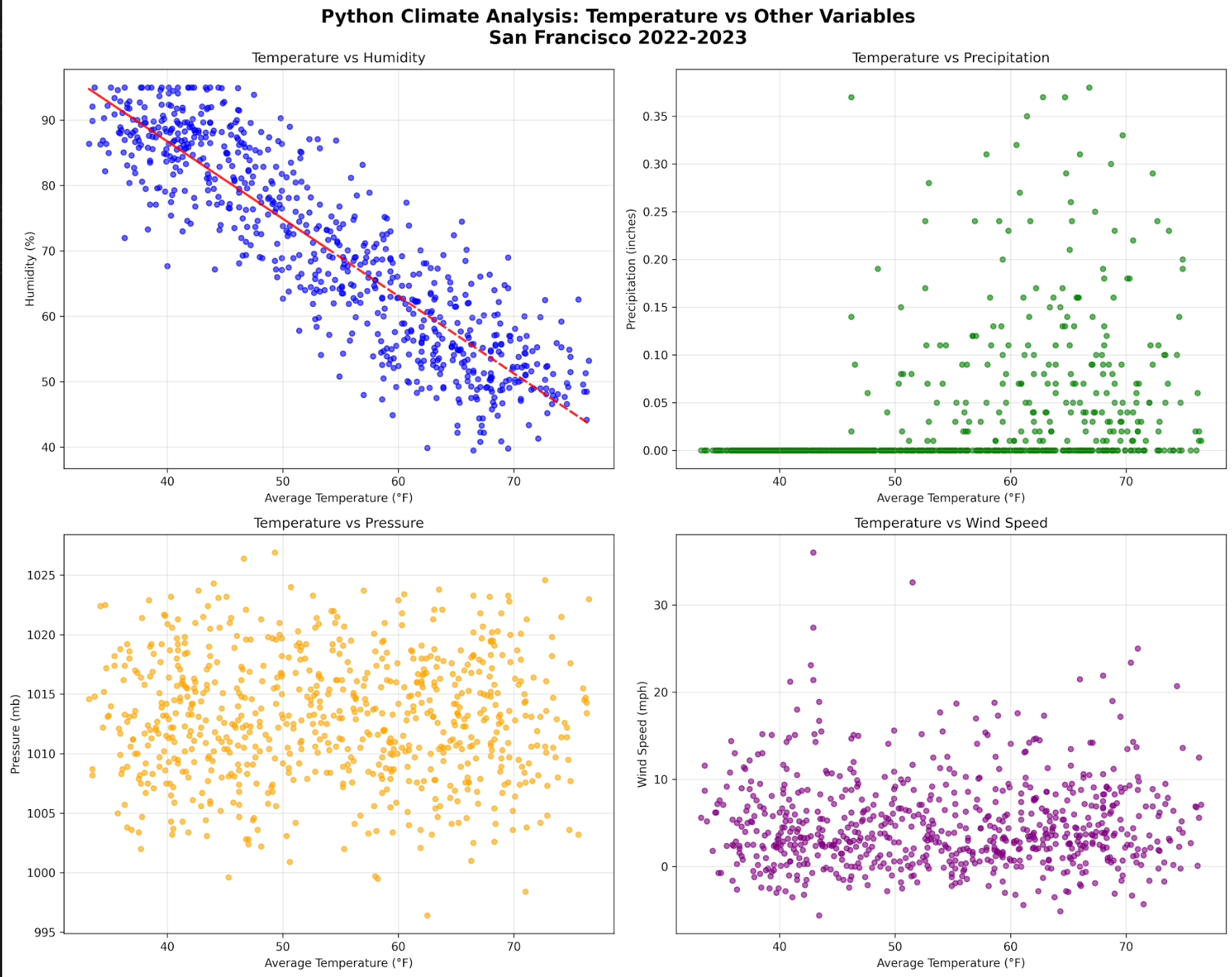
Unlocking WASI: The Future of Serverless with WebAssembly
Discover how WASI is transforming serverless computing with secure, portable WebAssembly runtimes for the cloud era.
Dev Orbit
June 11, 2025
Why This WebAssembly Matters
WebAssembly has long been seen as a browser technology. But with the WebAssembly System Interface (WASI), we're now entering a new era where WebAssembly powers secure, lightweight and portable workloads beyond the browser. In this deep dive, we’ll explore how WASI works, why cloud architects and backend engineers are adopting it for serverless applications and how it’s reshaping emerging cloud architectures.
The Serverless Bottleneck — And Why WASI Changes the Game
The rise of serverless computing promised a world without servers, scaling worries or infrastructure headaches. Platforms like AWS Lambda, Google Cloud Functions and Azure Functions allow developers to focus entirely on code.
But there’s a catch:
🔄 Cold starts slow down performance.
🔐 Security boundaries between functions and host OS are complex.
🌐 Language/runtime limitations often force developers into polyglot stacks.
💰 Resource usage overhead can inflate costs for high-frequency workloads.
Enter WebAssembly System Interface (WASI): a standardized, lightweight runtime specification that offers near-native performance, portable binaries and hardened security models — directly addressing many of these serverless pain points.
The Big Promise:
WASI unlocks secure, sandboxed and extremely fast serverless workloads — regardless of the host OS, hardware architecture or programming language.
What Exactly Is WASI? (And Why You Should Care)
WebAssembly (Wasm) was originally designed to run high-performance code inside browsers. Its compact binary format allows code to execute at near-native speeds while maintaining strong sandboxing and security boundaries.
However, Wasm alone isn't enough to build full-fledged applications outside the browser because it lacks system-level access (e.g., files, networking, environment variables).
That’s where WASI comes in.
WASI in Simple Terms:
WASI is a standardized API layer that allows WebAssembly modules to securely interact with system resources like files, sockets, clocks and random number generators — without exposing dangerous OS-level privileges.
Think of WASI like a universal adapter:
🎯 Portable: Build once, run anywhere (bare metal, VMs, edge, cloud)
🔒 Secure: Sandboxed by default
🏃 Fast: Near-native execution speeds
🛠️ Polyglot: Supports multiple programming languages
The Core Architecture of WASI
Let’s visualize how WASI works at runtime:

Description: Diagram showing a WebAssembly module running inside a WASI-compliant runtime. The runtime interfaces with the host OS via controlled syscalls (file I/O, networking, etc.), maintaining strict sandboxing between the Wasm module and the host kernel.
At its core:
WebAssembly Module: Compiled binary (e.g., from Rust, C, AssemblyScript, TinyGo)
WASI Runtime: Middleware that provides WASI APIs (examples: Wasmtime, Wasmer, WasmEdge)
Host OS: Provides actual system resources but only through carefully controlled WASI calls
Key WASI Capabilities
Capability | WASI Status |
|---|---|
Filesystem Access | ✅ Available via virtual FS mounting |
Environment Variables | ✅ Supported |
Random Number Generation | ✅ Secure PRNG |
Networking | 🟡 Emerging standards (WASI Sockets Proposal) |
Threads | 🟡 Experimental proposals (WASI Threads) |
Crypto APIs | 🟡 Proposal stage |
✅ Stable | 🟡 Emerging
How WASI is Powering the Next Wave of Serverless Innovation
1️⃣ Serverless Runtimes Simplified
Traditional serverless runtimes (e.g., Node.js, Python) rely on heavy language runtimes, OS abstractions and container overhead. WASI allows for:
Smaller binary sizes (often <5MB)
Instant cold-start times
Predictable resource usage
Language flexibility (Rust, Zig, TinyGo, C/C++)
2️⃣ Edge Computing Ready
WASI excels at edge deployments:
Portable binaries mean you can run workloads close to the user.
Extremely low memory footprints ideal for resource-constrained edge nodes.
Projects like Cloudflare Workers and Fermyon Spin leverage WASI to power edge-native serverless platforms.
3️⃣ Security by Default
Strict syscall whitelisting
No arbitrary system calls allowed
Minimal attack surface compared to full OS containers
No need for privileged escalations
✅ Best Practice: Always use precompiled WebAssembly modules signed and validated via secure CI pipelines to prevent supply-chain risks.
WASI in Action: Building a Serverless WebAssembly Function
Let’s walk through a simplified example:
Use Case: Image Resizing Microservice
Why WebAssembly?
Fast image processing (compiled native code)
Lightweight deployment (<10MB total)
Portable across clouds and edge
Tech Stack:
🚀 Language: Rust
🧩 Runtime: Wasmtime
🖼️ Library:
imagecrate for Rust
use image::io::Reader as ImageReader;
use image::ImageOutputFormat;
use std::io::Cursor;
pub fn resize_image(input_bytes: &[u8], width: u32, height: u32) -> Vec<u8> {
let img = ImageReader::new(Cursor::new(input_bytes))
.with_guessed_format()
.unwrap()
.decode()
.unwrap();
let resized = img.resize(width, height, image::imageops::FilterType::Lanczos3);
let mut output = Vec::new();
resized.write_to(&mut Cursor::new(&mut output), ImageOutputFormat::Png).unwrap();
output
}Compile to WebAssembly using wasm-pack or cargo build --target wasm32-wasi.
Deploy via WASI-compatible serverless providers, e.g.:
Fermyon Spin
WasmCloud
Suborbital Compute
Cloudflare Workers (limited WASI subset)

Description: Flowchart showing CI/CD pipeline compiling Rust → WebAssembly → WASI module → Deployed to edge nodes / serverless provider with runtime orchestration.
Real-World WASI Adoption Examples
1️⃣ Fermyon Spin
Spin enables developers to deploy WASI-powered serverless microservices directly at the edge with sub-millisecond cold starts.
📈 Performance gains:
Cold start: <1ms
Deployment artifact: ~2MB
2️⃣ Cloudflare Workers (Partial WASI)
Cloudflare has introduced limited WebAssembly-based runtimes that leverage some WASI-like principles, allowing Rust and other languages to be deployed as near-native edge functions.
3️⃣ Fastly Compute@Edge
Built on Wasmtime, enabling sub-millisecond request handling, secure sandboxing and easy deployment pipelines using Wasm modules.
Advanced WASI Tips, Gotchas & Emerging Standards
💡 Performance Tips:
Prefer languages with mature WebAssembly toolchains (Rust, Zig, TinyGo)
Avoid unnecessary heap allocations for low-latency functions
Use streaming APIs for large file I/O via WASI proposals
⚠️ Current Limitations:
Full networking support is still under active standardization.
Multi-threading and concurrency models remain experimental.
No full filesystem access outside sandbox mounts.
📌 Emerging Innovations:
WASI Preview 2: Expanding interface capabilities
Component Model: Compose multiple Wasm modules across languages
WASIX: A Linux-like superset for broader syscalls while retaining portability
✅ Best Practice: Monitor proposals via WASI Subgroup at W3C to stay aligned with spec maturity.
Conclusion: Why WASI Belongs On Your Serverless Roadmap
As serverless computing continues to evolve, WASI offers a compelling pathway for cloud architects, backend engineers and serverless developers:
✅ Faster cold starts
✅ Smaller deployable artifacts
✅ Stronger security models
✅ True cloud portability
✅ Better developer experience across languages
💬 Found this useful?
🔁 Share with your dev team.

Enjoyed this article?
Subscribe to our newsletter and never miss out on new articles and updates.
More from Dev Orbit

Redefining Customer Care at Travelgate: Our Journey to AI-Driven Support
In today’s fast-paced world, customer expectations are constantly evolving, making it crucial for companies to adapt their support strategies. At Travelgate, we've embarked on a transformative journey to redefine customer care through advanced AI systems, driven by GPT-5 technology. This article details our experiences, lessons learned, and how AI solutions have revolutionized our customer support while enhancing user satisfaction and operational efficiency.

10 Powerful Tips for Efficient Database Management: SQL and NoSQL Integration in Node.js
Streamline your Node.js backend by mastering the integration of SQL and NoSQL databases—these 10 practical tips will help you write cleaner, faster and more scalable data operations.

Stop Writing Try/Catch Like This in Node.js
Why Overusing Try/Catch Blocks in Node.js Can Wreck Your Debugging, Performance, and Sanity — And What to Do Instead

Improving API Performance Through Advanced Caching in a Microservices Architecture
Unlocking Faster API Responses and Lower Latency by Mastering Microservices Caching Strategies

Python vs R vs SQL: Choosing Your Climate Data Stack
Delve into the intricacies of data analysis within climate science by exploring the comparative strengths of Python, R and SQL. This article will guide you through selecting the right tools for your climate data needs, ensuring efficient handling of complex datasets.

Top 7 Python Certifications for 2026 to Boost Your Career
Python continues to dominate as the most versatile programming language across AI, data science, web development and automation. If you’re aiming for a career upgrade, a pay raise or even your very first developer role, the right Python certification can be a game-changer. In this guide, we’ll explore the top 7 Python certifications for 2026 from platforms like Coursera, Udemy and LinkedIn Learning—an ROI-focused roadmap for students, career switchers and junior devs.
Releted Blogs

How to Build an App Like SpicyChat AI: A Complete Video Chat Platform Guide
Are you intrigued by the concept of creating your own video chat platform like SpicyChat AI? In this comprehensive guide, we will walk you through the essentials of building a robust app that not only facilitates seamless video communication but also leverages cutting-edge technology such as artificial intelligence. By the end of this post, you'll have a clear roadmap to make your video chat application a reality, incorporating intriguing features that enhance user experience.

A Beginner’s Guide to AWS EC2 and AWS Lambda: When and Why to Use Them
Confused between EC2 and Lambda? This beginner-friendly guide breaks down their core differences, use cases, pros and cons and helps you choose the right service for your application needs.

Best Cloud Hosting for Python Developers in 2025 (AWS vs GCP vs DigitalOcean)
Finding the Right Python Cloud Hosting in 2025 — Without the Headaches Choosing cloud hosting as a Python developer in 2025 is no longer just about uptime or bandwidth. It’s about developer experience, cost efficiency and scaling with minimal friction. In this guide, we’ll break down the top options — AWS, GCP and DigitalOcean — and help you make an informed choice for your projects.

Spotify Wrapped Is Everything Wrong With The Music Industry
Every year, millions of Spotify users eagerly anticipate their Spotify Wrapped, revealing their most-listened-to songs, artists and genres. While this personalized year-in-review feature garners excitement, it also highlights critical flaws in the contemporary music industry. In this article, we explore how Spotify Wrapped serves as a microcosm of larger issues affecting artists, listeners and the industry's overall ecosystem.
Have a story to tell?
Join our community of writers and share your insights with the world.
Start Writing